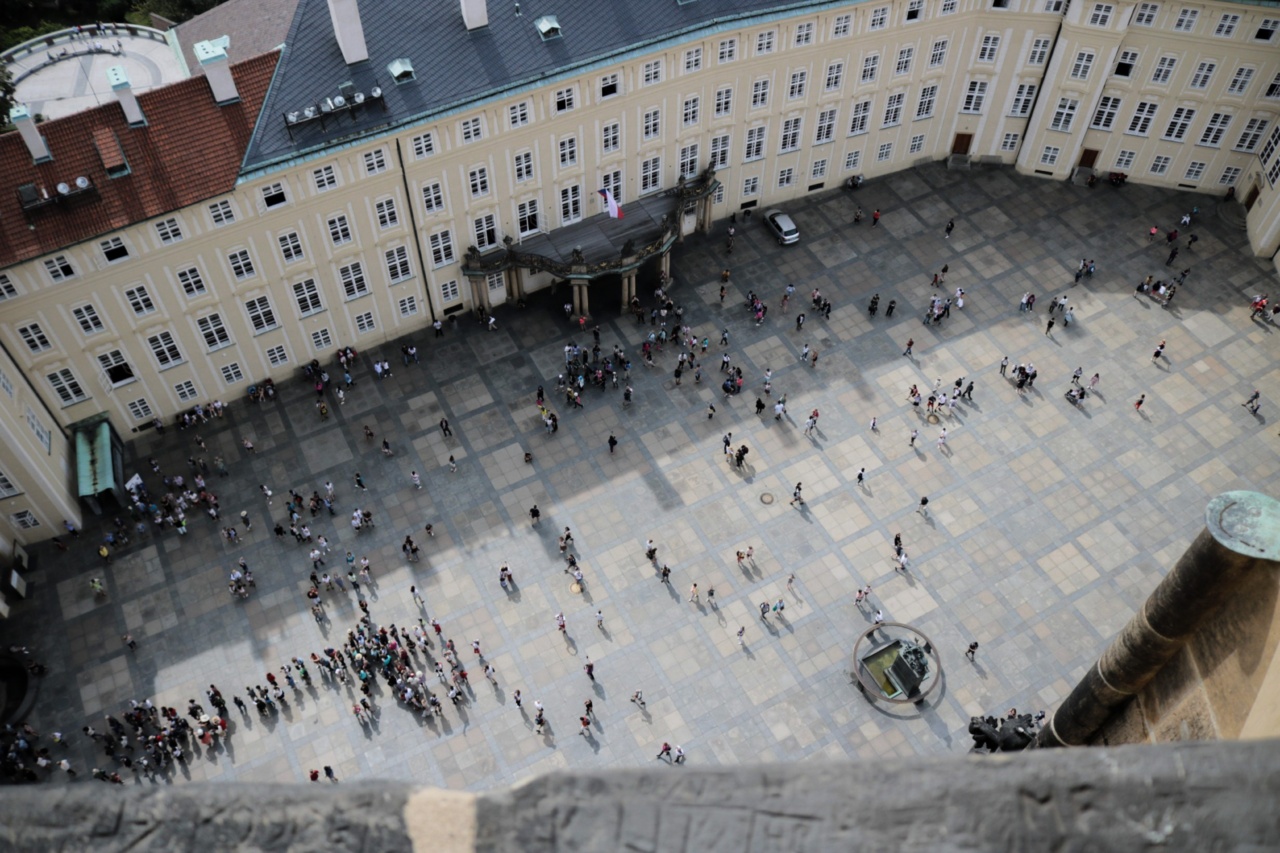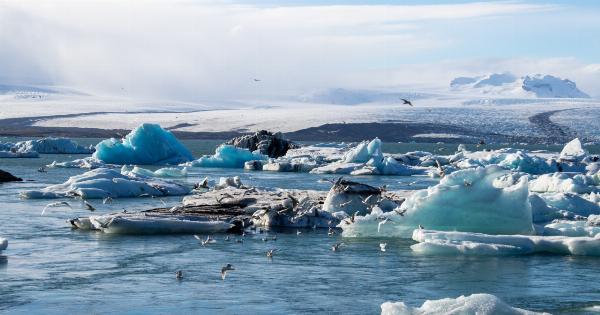In an alarming discovery, scientists have found ancient viruses that have been dormant in Siberian ice for over 30,000 years. With the effects of global warming melting the ice, these viruses are now waking up and coming back to life.
This unexpected viral revival has raised concerns among researchers about the potential risks it poses to both humans and animals.
Understanding Ancient Viruses
Ancient viruses, also known as “zombie viruses,” have been lying dormant in permafrost regions for centuries. These viruses infect and replicate within host cells but can become inactive when the host dies.
When the permafrost melts, these viruses can potentially reanimate and infect living organisms.
Unleashing Ancient Pathogens
The melting permafrost in Siberia, caused primarily by rising temperatures, is gradually exposing ancient viruses that have long been locked away.
A notable example is the discovery of a 30,000-year-old giant virus called Pithovirus sibericum, which was found in the Siberian tundra. This virus is so large that it can be seen under an optical microscope and infects amoebas.
Scientists have also found remnants of the Spanish flu virus, which caused the devastating pandemic of 1918, in the permafrost of Alaska.
As these viruses come into contact with modern humans and animals, there is a potential risk of an outbreak or epidemic.
Understanding the Risks
The reactivation of ancient viruses is a cause for concern due to their potential to cause widespread diseases.
These viruses have been isolated from humans and animals for thousands of years, which means that our immune systems have never encountered them before.
Moreover, the genetic material of these ancient viruses may have evolved, making them more dangerous and resistant to current treatments.
This poses a significant challenge for healthcare professionals who need to identify and combat these newly awakened pathogens.
The Role of Climate Change
Global warming is the primary driver behind the melting of permafrost in Siberia. Rising temperatures are causing the ice to thaw, releasing the ancient viruses trapped within.
As the world continues to witness higher temperatures and changing climate patterns, the risk of virus revival will likely increase.
Additionally, human activities, such as mining, drilling, and construction, may also contribute to the melting of permafrost and the subsequent release of ancient viruses.
These activities disturb the delicate equilibrium of the frozen soil, leading to further environmental damage.
Impacts on Wildlife
The revival of ancient viruses not only threatens human health but also poses a significant risk to wildlife. As the melting permafrost exposes these viruses, it puts vulnerable animal populations at risk of deadly infections.
This can have severe consequences for ecosystems and biodiversity.
Scientists are now monitoring the populations of Arctic animals, such as reindeer and polar bears, to understand the potential impact of ancient viruses on their health.
The loss of these species could disrupt entire food chains and ecological systems, leading to unforeseen consequences for the planet.
Preventing Potential Outbreaks
Given the potential risks associated with viral revival, scientists and health organizations must take proactive measures to mitigate the impacts.
This includes increased monitoring of permafrost regions and the development of new diagnostic tools for identifying ancient viruses.
Furthermore, public awareness campaigns can play a crucial role in educating people about the risks and necessary precautions.
Governments and international organizations should prioritize research funding to understand the genetic makeup of ancient viruses and develop effective treatments or vaccines.
The Future of Viral Revival
The viral revival from Siberian ice is a significant reminder of the complex interactions between human activities, climate change, and the fragile balance of our ecosystem.
Further research and monitoring are essential to predict and prevent potential outbreaks triggered by ancient viruses.
While the revival of ancient viruses is a cause for concern, it also serves as a wake-up call to address the root causes of climate change and mitigate its effects.
Only through collective efforts and sustainable practices can we hope to prevent further viral revivals and safeguard the health of future generations.































